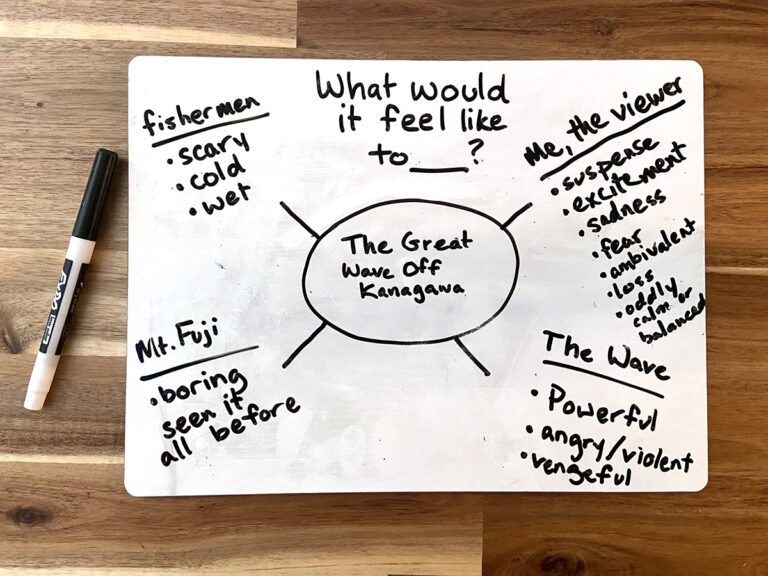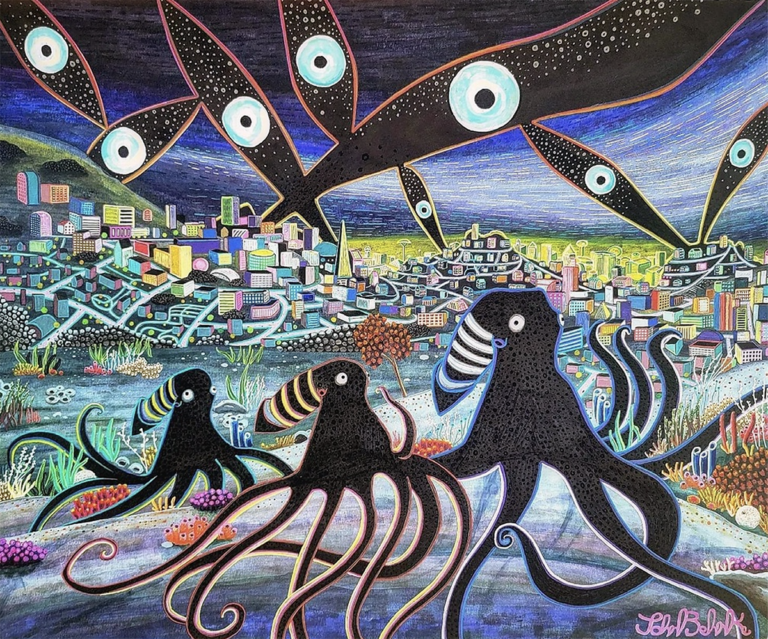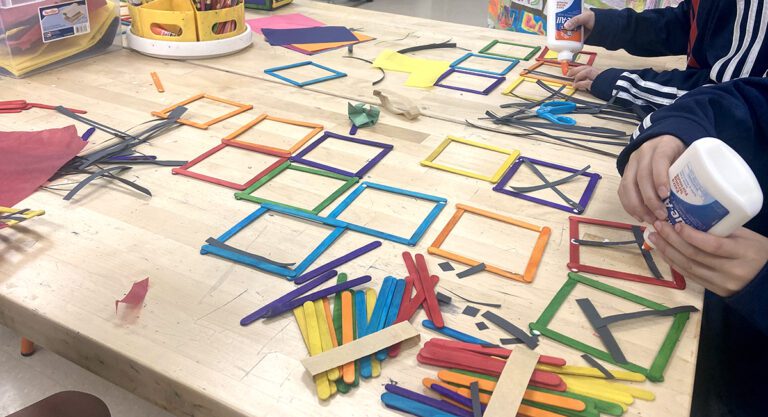One of my favorite ways to teach concepts is through stories about famous artists. A good story keeps students engaged with every word. It’s a known fact that storytelling helps memory retention, because it creates pictures in the minds of our students, just like a movie. Because stories are so memorable, they are also easier for students to recall in the future.
Before you can tell a compelling story about a famous artist, you must first research and learn a bit more about the artist (the juicer and more novel your facts, the better). This research can take time, though. In our Integrating Art History Class, participants spend an entire assignment researching one famous artist of their choosing to gain new knowledge to use in the classroom. It’s one of my favorite assignments because there are so many great things out there to learn (and share) if we just take a little time to dig.
To take this research idea further, why not move beyond Picasso and Van Gogh and dig a little deeper with your search. For example, what about architects? One of my favorite architects to teach was Frank Lloyd Wright.
Here are some of the resources I used on my quest to learn as much about this man’s impressive life and work as possible.
1. Frank Lloyd Wright for Kids – His Life and Ideas by Kathleen Thorne-Thomsen
My copy is all marked up with sticky notes and highlights. My favorite tidbit from this book states that his mother bought him a set of Froebel blocks at the fair in Philadelphia in 1876 (he was only 9) because she wanted him to be an architect.
2. Loving Frank – A Novel by Nancy Horan
Although his architecture was brilliant, his personal relationships suffered. Keep in mind this book is a combination of fact and fiction, but it will really get you thinking differently about the man behind the buildings. Did you know he created over 500 buildings in his lifetime, with 400 still standing today? Here is a directory of all his buildings. It’s an amazing feat.
3. Frank Lloyd Wright – Fallingwater, house over waterfall – YouTube Video
As one of his most notable homes, Falling Water is on my Art Teacher bucket list. This video takes you through the home from the planning stages to completion and restoration. It’s an engaging watch for students!
4. Frank Lloyd Wright: The Masterworks by David Larkin and Bruce Brooks Pfeiffer
It’s always good to have a nice coffee table book on hand in your classroom. This book will allow your students to flip through beautiful pages to see a variety of images that reflect his architecture style, while weaving in facts about his life.
When researching an artist, variety in resources is key. Go beyond the google search. Look for scholarly articles, documentaries, coffee table books, YouTube videos, children’s materials and even novels to gain a well-rounded perspective.
For my all-time favorite lesson on FLW, click here.
What artist have you recently researched for a lesson? What did you learn?
Have you visited any FLW buildings in person? What did you think?
Magazine articles and podcasts are opinions of professional education contributors and do not necessarily represent the position of the Art of Education University (AOEU) or its academic offerings. Contributors use terms in the way they are most often talked about in the scope of their educational experiences.





